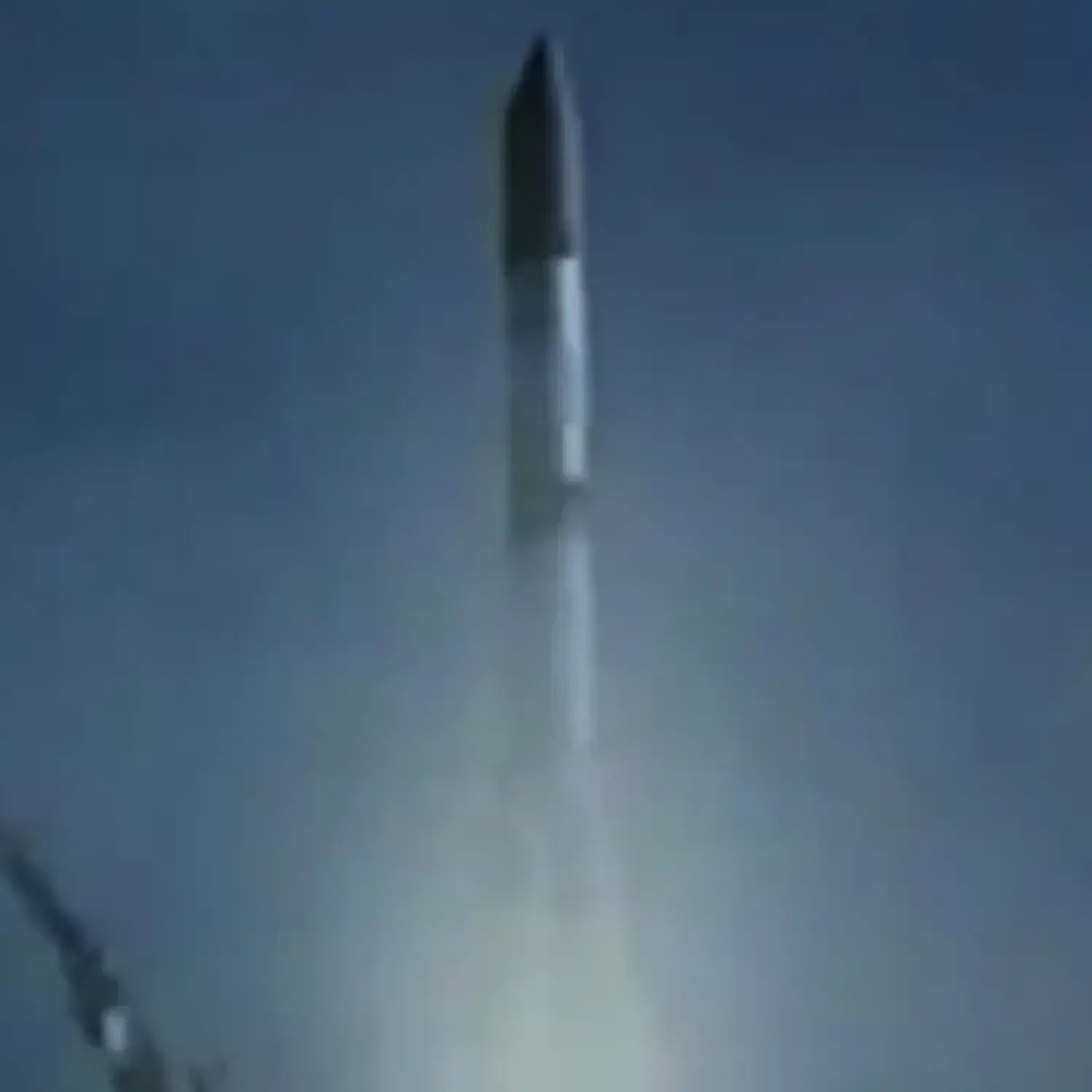Luna 11
Launch Success
Liftoff Time (GMT)
08:03:21
Wednesday August 24, 1966
Mission Details
Luna 11
Luna 11 (E-6LF series) was an uncrewed space mission of the Soviet Union's Luna program. It was also called Lunik 11. Luna 11 was launched towards the Moon from an Earth-orbiting platform and entered lunar orbit on 27 August 1966. 137 radio transmissions and 277 orbits of the Moon were completed before the batteries failed on 1 October 1966. This subset of the “second-generation” Luna spacecraft, the Ye-6LF, was designed to take the first photographs of the surface of the Moon from lunar orbit. A secondary objective was to obtain data on mass concentrations (“mascons”) on the Moon first detected by Luna 10. Using the Ye-6 bus, a suite of scientific instruments (plus an imaging system similar to the one used on Zond 3) replaced the small lander capsule used on the soft-landing flights. The resolution of the photos was 15 to 20 meters. A technological experiment included testing the efficiency of gear transmission in vacuum as a test for a future lunar rover. Luna 11, launched only two weeks after the U.S. Lunar Orbiter, entered lunar orbit at 21:49 UT on 27 August. Parameters were 160 x 1,193 kilometers. During the mission, the TV camera failed to return usable images because the spacecraft lost proper orientation to face the lunar surface when a foreign object was lodged in the nozzle of one of the attitude-control thrusters. The other instruments functioned without fault before the mission formally ended on 1 October 1966 after the power supply had been depleted.
Lunar orbit
1 Payload
1,640 kilograms
Rocket


Manufacturer
RKK EnergiyaRocket
Height: 44.23m
Payload to Orbit
LEO: 6,200 kg
GTO: 2,400 kg
Liftoff Thrust
4,391 Kilonewtons
Fairing
Diameter: 2.58m
Height: 6.74m
Stages
4
Strap-ons
4
Launch Site
Stats
Molniya-M
5th
Mission
4th
Mission of 1966
RKK Energiya
201st
Mission
36th
Mission of 1966
1966
85th
Orbital launch attempt